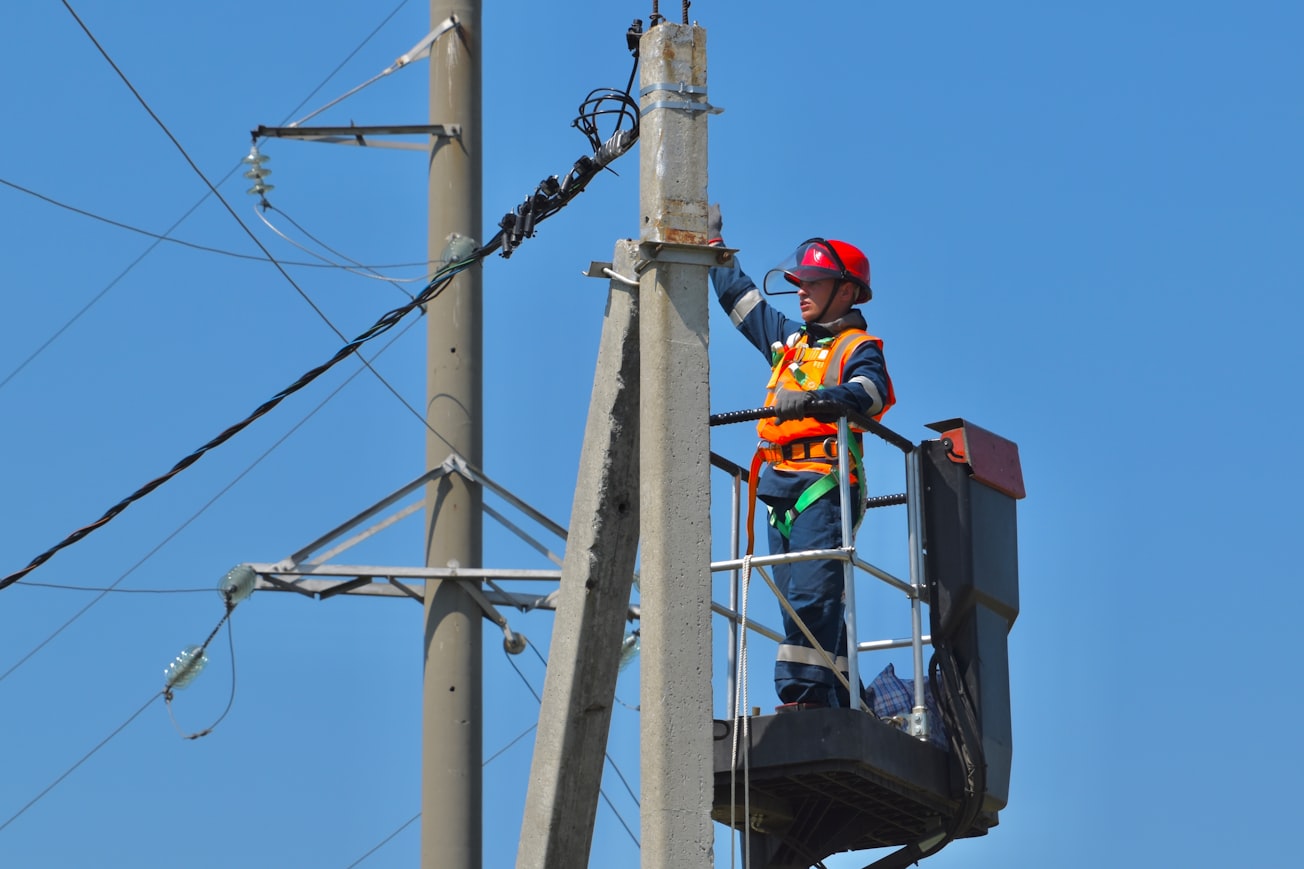What is it about?
In this book chapter, we describe and explore the potential advantages of solid-state transformers in the modernisation of distribution systems. Nowadays, typical electrical distribution is uni-directional because the energy flows from transmission substations directly to the consumers. Many efforts have been done in introducing renewable energies at some congestion points, but still there is a long way to revolutionise the utility industry. One of the fundamental devices that could support this transition is the solid-state transformer.
Featured Image

Photo by Антон Дмитриев on Unsplash
Why is it important?
Because consumer loads are the ultimate point of consumption of electrical energy, it is necessary to deploy enough resources in order to allow bidirectional power- and energy-flow such that the costumers could be in control of their own electricity consumption and production (if possible). This can be enable by allowing the grid to support bi-directional control and protection, and an automatic operation in order to maximise efficiency. Complementary to the advanced distribution management systems existing today, solid-state transformers could help in providing the control flexibility required in densely meshed networks.
Perspectives
This has been a collaboration between several researchers specialised in electrical engineering. Given the current interest in highly automated solutions, this chapter presents an overview of the role that a solid-state transformer could have in the future smart grid.
Mr Angel Andres Recalde
University of Nottingham
Read the Original
This page is a summary of: Solid-State Transformer for Energy Efficiency Enhancement, January 2020, IntechOpen,
DOI: 10.5772/intechopen.84345.
You can read the full text:
Resources
Contributors
The following have contributed to this page







